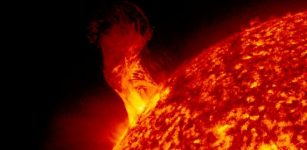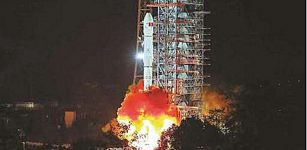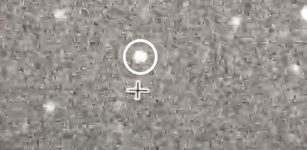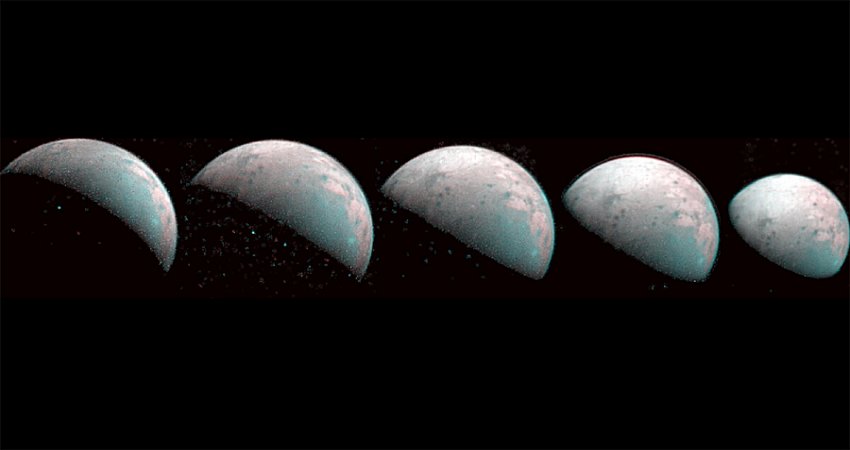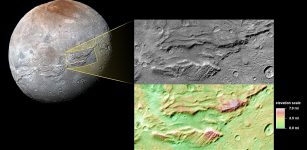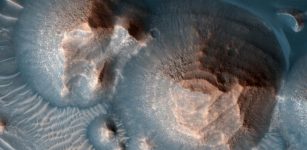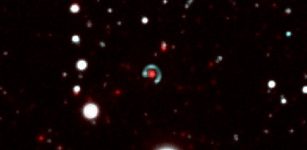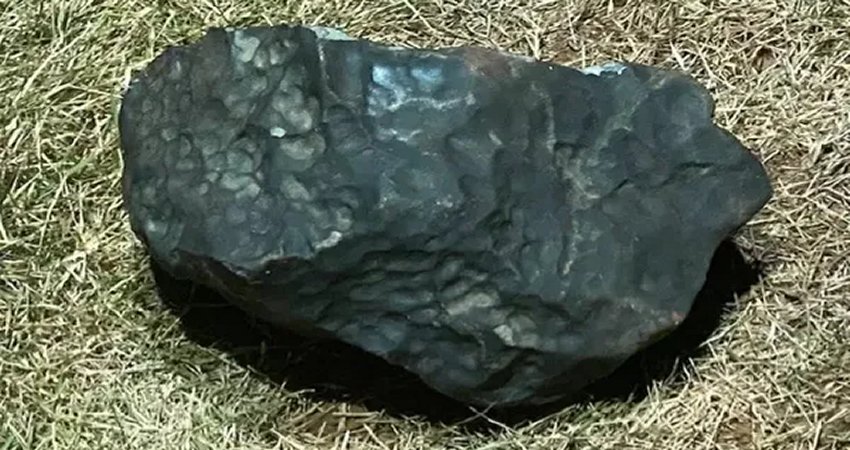August Explosion: Huge X-Ray Burst Detected In Constellation Sagittarius
Eddie Gonzales Jr. – MessageToEagle.com – A sudden spike of X-rays at about 10:04 p.m. EDT on Aug. 20 was detected by NICER (NASA’s Neutron star Interior Composition Explorer).
The August explosion was caused by a massive thermonuclear flash on the surface of a pulsar, the crushed remains of a star that long ago exploded as a supernova.
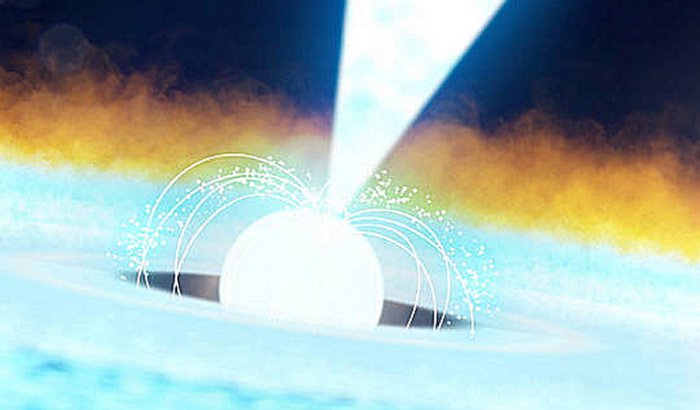 A thermonuclear blast on a pulsar called J1808 resulted in the brightest burst of X-rays seen to date by NASA’s Neutron star Interior Composition Explorer (NICER) telescope. Credits: NASA’s Goddard Space Flight Center
A thermonuclear blast on a pulsar called J1808 resulted in the brightest burst of X-rays seen to date by NASA’s Neutron star Interior Composition Explorer (NICER) telescope. Credits: NASA’s Goddard Space Flight Center
The X-ray burst, the brightest seen by NICER so far, came from an object named SAX J1808.4-3658, (or J1808). J1808 is located about 11,000 light-years away in the constellation Sagittarius. It spins at a dizzying 401 rotations each second and is one member of a binary system. Its companion is a brown dwarf, an object larger than a giant planet yet too small to be a star.
“This burst was outstanding,” lead researcher Peter Bult, an astrophysicist at NASA’s Goddard Space Flight Center in Greenbelt, Maryland, and the University of Maryland, College Park, said in a press release.
“We see a two-step change in brightness, which we think is caused by the ejection of separate layers from the pulsar surface, and other features that will help us decode the physics of these powerful events.”
The explosion, which astronomers classify as a Type I X-ray burst, released as much energy in 20 seconds as the Sun does in nearly 10 days.
A thermonuclear blast on a pulsar called J1808 produced the brightest burst of X-rays seen to date by the NICER telescope. The explosion released as much energy in 20 seconds as our Sun does in almost 10 days.
Written by Eddie Gonzales Jr. – MessageToEagle.com Staff

